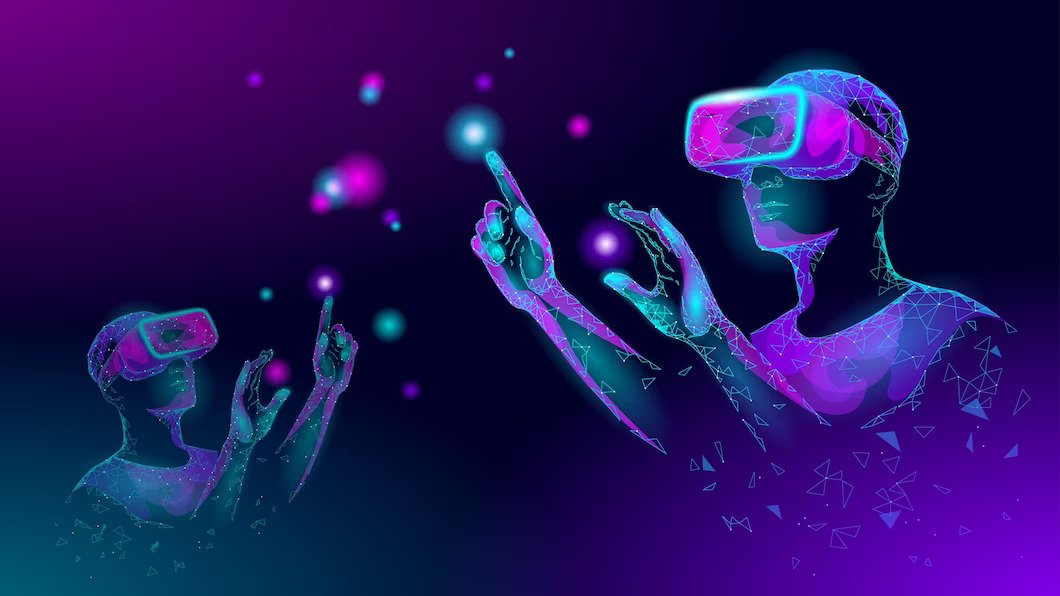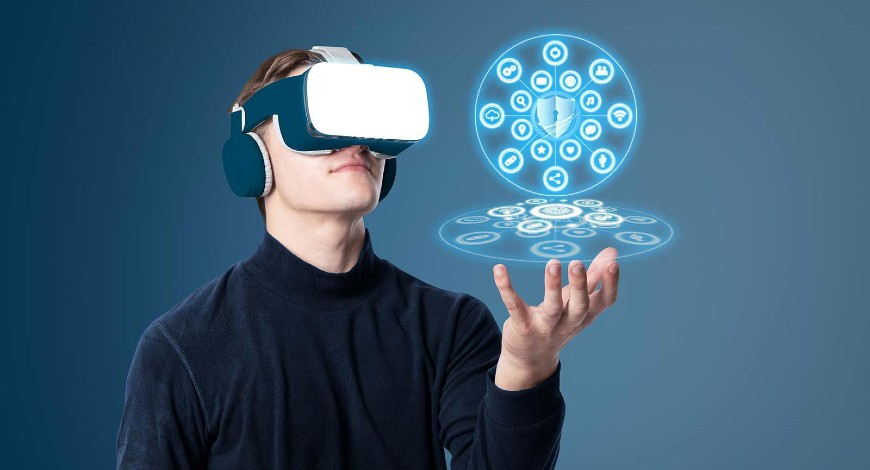The Role of Virtual Reality in Marketing: Trends Shaping 2024
In the realm of marketing, VR is not just a tool; it is a gateway to immersive and interactive experiences that can captivate consumers in unprecedented ways. As we move into 2024, the role of VR in marketing is poised to reach new heights, driven by several key trends. This article explores these trends, shedding light on how VR is shaping the marketing landscape and redefining the way businesses connect with their audiences.
The Role of Virtual Reality in Marketing

Enhanced Customer Engagement
One of the most significant trends in VR marketing is the focus on enhanced customer engagement. In 2024, businesses are recognizing the power of immersive experiences in capturing consumers’ attention. VR allows brands to create interactive and realistic environments where consumers can engage with products or services before making a purchase. From virtual try-on experiences for fashion and cosmetics to immersive test drives for automobiles, VR enables customers to engage with products in a way that was previously impossible through traditional marketing channels.
Personalized VR Experiences
Personalization has been a buzzword in marketing for years, and VR is taking it to the next level. In 2024, marketers are leveraging VR technology to create personalized experiences tailored to individual preferences and behaviors. By analyzing customer data, businesses can develop VR content that resonates with specific target audiences. For instance, an online travel agency can create personalized VR tours of destinations based on customers’ past travel choices, providing a unique and tailored experience for each user.
Social VR Marketing
Social interaction has always been a vital aspect of marketing, and with the rise of social VR platforms, brands are entering a new era of customer engagement. In 2024, we can expect to see more businesses utilizing social VR spaces for marketing purposes. These platforms allow users to interact with brands and products in a social and immersive environment, enabling authentic connections between consumers and businesses. Brands can host virtual events, product launches, and interactive demos, fostering a sense of community and belonging among consumers.
VR-Based E-Commerce
E-commerce is undergoing a transformational shift with the integration of VR technology. In 2024, VR-based e-commerce platforms are becoming more sophisticated, offering users a seamless and immersive shopping experience. Virtual storefronts, powered by VR, enable customers to browse products, try them on virtually, and make informed purchasing decisions, all from the comfort of their homes. This trend not only enhances the online shopping experience but also reduces the gap between online and in-store shopping, bridging the digital and physical worlds.
Augmented Reality (AR) and VR Integration
While VR takes center stage, the integration of Augmented Reality (AR) is also shaping the future of marketing. In 2024, we can expect to see more campaigns that combine AR and VR elements, creating mixed-reality experiences that blur the lines between the virtual and real worlds. For example, consumers might use their smartphones to scan a product’s QR code, triggering a VR demonstration of the product’s features and benefits. This integration enhances the overall user experience, offering a seamless transition between AR and VR interactions.
VR Content Marketing
Content marketing remains a cornerstone of digital marketing strategies, and VR is opening up new avenues for creating compelling content. In 2024, businesses are investing in VR content production to deliver immersive storytelling experiences. Whether it’s a virtual tour of a company’s facilities, a 360-degree video showcasing behind-the-scenes processes, or interactive VR narratives, brands are leveraging VR to create content that captures audience attention and fosters emotional connections. VR content marketing not only entertains and educates but also leaves a lasting impression on consumers, leading to increased brand loyalty and advocacy.
Conclusion
As we move further into 2024, the role of virtual reality in marketing is becoming increasingly prominent. Enhanced customer engagement, personalized reviews, social VR marketing, VR-based e-commerce, AR and VR integration, and VR content marketing are key trends shaping the future of marketing strategies. Businesses that embrace these trends and invest in VR technology are well-positioned to captivate audiences, drive sales, and create memorable brand experiences. In this era of immersive marketing, the possibilities are limitless, and the brands that harness the power of VR will undoubtedly lead the way in shaping the future of marketing.

















